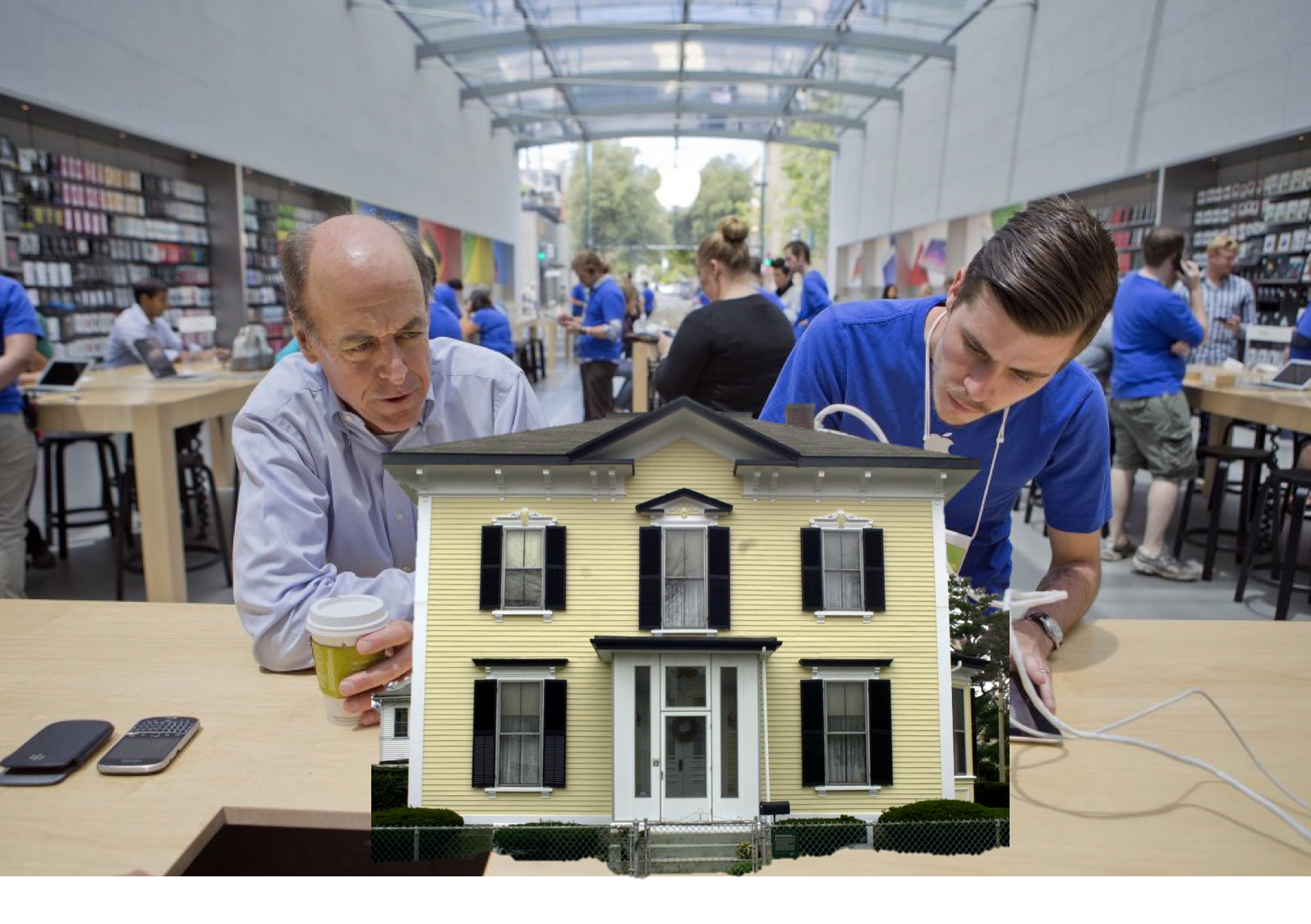There No Place Like The Home App: Some Broken Windows in Apple’s Smart Home Strategy

Monday, 13 June, Apple finally revealed what their latest efforts for HomeKit have produced. In the 3 minutes and 44 seconds Apple spent unveiling their new Home App (about 3% of the entire keynote), there was not a lot of time to cover some of the glaring holes in Apple’s Smart Home strategy moving forward. Apple spent more time explaining that Messaging emoticons are now three times larger, an innovation for the ages to be sure. What was most surprising is what Apple did not say about HomeKit. While they shared that HomeKit certified devices should be controlled seamlessly by the rebranded Home app, Craig subtly dropped to bomb that in order to access your home remotely, Apple TV is required. (Granted, this has been known by most folks for a while, but it’s unlikely that consumers realize this little requirement.) And yes, you can control your home through Siri and clever home macros, called ‘scenes,’ can be crafted (the means of which we do not yet know) and controlled by your phone through taps or deep conversations with Siri.
But here’s the kicker on HomeKit and the Home App, who do you call for help when your kit does not make you feel homey? HomeKit certification is supposed to ensure encrypted, private, easy to set up, cloud enabled, delightful experiences for consumers. Unfortunately there are a key set of devices that are not HomeKit certified, and these come in two flavors, routers and competitive ecosystems like Nest.
Our research with Support.com on barriers to Smart Home adoption found that issues with WiFi set-up and maintenance were a key stumbling block for many DIY Smart Home consumers. Given the finger pointing that already occurs between Internet Service Providers, Consumers and Router manufacturers, now this key sources of chaos in the home is now on the critical path to Apple delivering the HomeKit experience promised two years ago. Now if HomeKit has any hiccups in the path from the phone to the cloud to the ISP to the home to the router to the Apple TV to the various devices, who bears that responsibility for making it work? How does Apple, which relies heavily on its retail stores to provide high touch, high quality customer service, going to deal with issues peculiar to the home environment? Apple does not have a fleet of trucks to roll out to consumers and help them troubleshoot the root of the installation or connectivity issues. Apple shines (pardon the pun) in experiences where they can control/orchestrate every step of the consumer journey. Smart Home is not the same cadence as Smart Phones or Tablets. Plus, many consumers have already launched several ships towards the Smart Home shore, not just HomeKit.
Nest, and by proxy, Google has been forcing Apple’s hand in the home environment ever since the Nest thermostat was launched. And Apple has not swayed from their strategy of keeping Nest outside of the slowly evolving Walled Garden called HomeKit. This did not deter consumers from making a Nest Thermostat, for many, their first purchase of their Smart Home journey. Sure, many consumers have been waiting to see what Apple will do before jumping in with both feet, but there is a not insignificant number of consumers already signed up for the Nest ecosystem, and though fewer, for SmartThings as well. This means that there will be gaps in intelligence of Smart Home enabled by HomeKit. While not likely to trigger a backlash of anti-adoption for Apple, this continued lack of openness to other players will cause issues for consumers, Apple and their competitors like Nest. This means that millions of mostly happy Nest customers are unlikely to be pure HomeKit users, meaning the persistent fragmentation of the user experience will continue until one or the other wins or Amazon just overwhelms both Nest and Apple with it’s more jovial community garden approach.
We will continue to watch the evolution, to see if Apple’s next big release of HomeKit, the Home App, is giving consumers pause as they plan their summer Smart Home installations. And now you can watch to, you can sign up here for a free account at Argus Insights to get access to a slice of our predictive Smart Home analysis tools.



